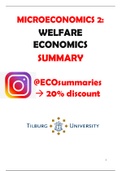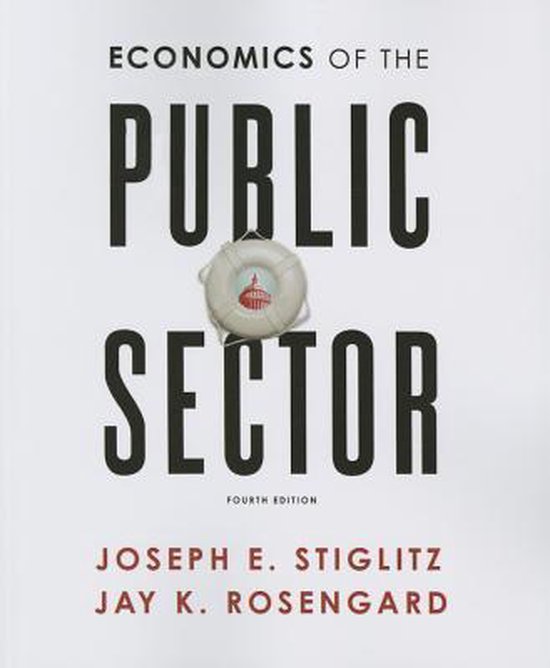Summary
Microeconomics 2 for ECO: Welfare Economics - Summary - Tilburg university - Economics
- Course
- Institution
- Book
Instagram: ECOsummaries DM me for 20% discount! Summary for the course ''Microeconomics 2''. This summary was written in order to study for the midterm as well as for the final. Everything you need to know is available in this summary. Advice: this summary alone will not be enough, the tutorials a...
[Show more]




